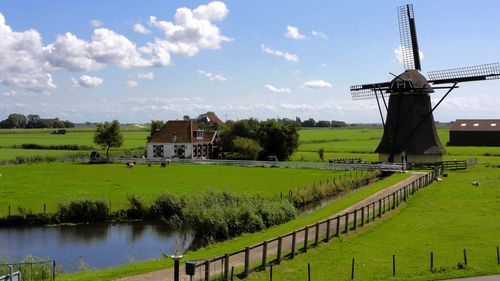The Art of Map Making: Why Cartography is Essential to Geographic Information Science
As the world becomes more complex and interconnected, the need for accurate and detailed maps has never been higher. Cartography – the art and science of map making – has played a crucial role in creating and interpreting these maps, providing valuable insights into a range of geographic and environmental phenomena.
The Basics of Cartography
Cartography involves the creation, analysis, and interpretation of maps. It involves the use of geography, geology, mathematics, and other disciplines to create maps that accurately represent the earth’s surface. Cartographers use a range of tools and techniques, including Geographic Information Systems (GIS), remote sensing, and surveying to collect and analyze data. This data is then transformed into easy-to-read maps that help us better understand our world.
Why Cartography is Essential to Geographic Information Science
Geographic Information Science (GIS) is a multidisciplinary field that uses cartography to analyze and interpret spatial data. GIS is used in a wide variety of industries, from environmental monitoring to urban planning, and requires accurate and precise maps to produce effective results.
Cartography is also essential in helping us better understand complex phenomena such as climate change, biodiversity, and urbanization. Accurate maps not only provide us with a clearer understanding of these intricate topics but can also be used to predict future trends and patterns.
The Future of Cartography and GIS
As technology has advanced, so too have the tools available to cartographers and GIS professionals. The use of advanced data collection techniques such as LiDAR (Light Detection and Ranging) and the proliferation of satellite imagery have opened up new frontiers for remote sensing and high-resolution mapping techniques.
The use of Augmented Reality (AR) and Virtual Reality (VR) has also revolutionized the way we view and interact with maps, providing new and innovative ways to visualize and interpret spatial data.
Conclusion
In conclusion, the art of map making – cartography – is an essential tool for understanding our world. Its intersection with Geographic Information Science (GIS) has revolutionized the way we analyze and interpret spatial data, providing valuable insights into a wide range of topics. As technology advances, cartography and GIS will continue to play a crucial role in our understanding of the earth and its complex systems.
(Note: Do you have knowledge or insights to share? Unlock new opportunities and expand your reach by joining our authors team. Click Registration to join us and share your expertise with our readers.)
Speech tips:
Please note that any statements involving politics will not be approved.
